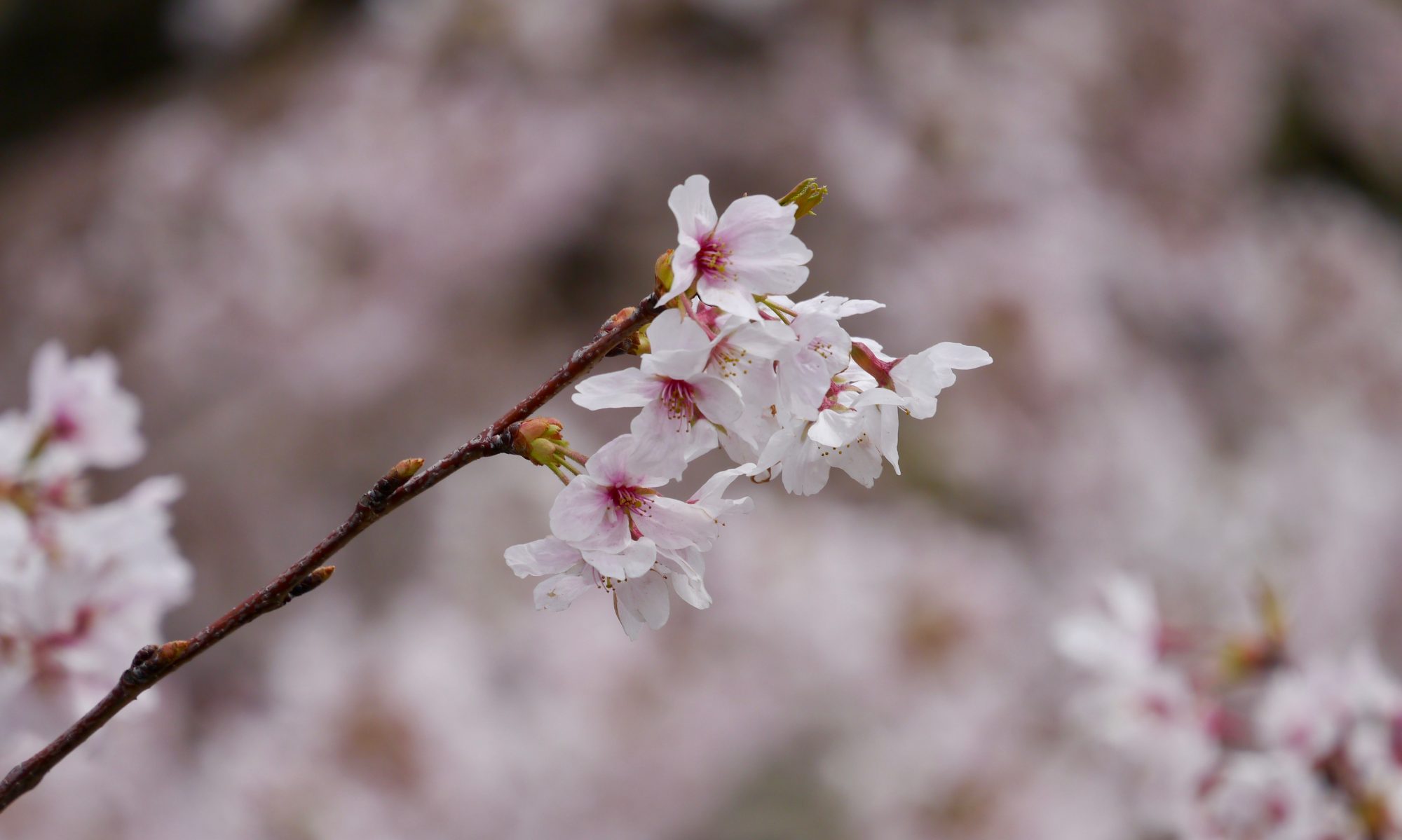When you talk to an ABC about where their family is from, you will either get a blank and defensive “I dunno” or “I dun care” or you will hear the generic “Toi-shan”.
Toi-shan is actually one of four towns in an area of the Pearl River delta where the first generation ABCs (and CBCs, etc etc) come from. Many of the Chinese in San Francisco and Hong Kong have roots here. My father’s family hails from Hoiping in Chinese. The modern (and Putonghua) name of this city is Kaiping. The actual village that my family actually hails from is 30 minutes or so outside Kaiping. That meant hiring a taxi for a few hours. 4 hours of taxi = Y250. Not a bad deal.

This is how it looks like outside Kaiping City. A lot.
After driving on dirt roads and missing two turns, we pull into this nondescript road with a field and a handful of abandoned buildings on it. Welcome home.

This is the only occupied house on the compound…
Using my Uncle Bill’s photos, we find the houses where he took his photos. Naturally, I’m unable to do this quietly and we attract some attention.

Distant relatives…
Turns out they’re distant relatives who proceed to show us around and open up the buildings including my Grandpa’s old house.

The buildings of the Kaiping compound
They know my grandfather’s name and his brothers. They know of my father and my aunt & uncle (who both came through here two years ago). I ask them some leading questions and they answer correctly. Then they hit me up for money. Yeah, they’re related.

Hmm, can use a new door. And roof. And heating…
These buildings (and the others scattered about the area) are known as the Kaiping Diaolou. The Kaiping Diaolou are also Guangdong’s first UNESCO World Heritage Site. One of these villages (Zili village) survived the years relatively intact, so the local government made it into a museum with the better examples of the houses open so you could explore the house on your own.
Generally they follow a similar blueprint. The kitchen is on the ground floor, the bedrooms are on the middle floors and the top floor is for the altar. All of these houses have roof access so you can keep an eye out for bandits (as was the norm back in the day).
There is also the town of Chikan nearby the village that was built primarily during the late 19th and early 20th centuries. Much of the town exists today as it was before with multilevel shophouses built along the Tanjiang River which divides the town.

Old shophouses that would be right at home in Malacca or old Hong Kong

Here’s the river and the other side of the bank
If this were in any other city of interest (and beside a clean river) this would be interesting. Think Clarke Quay; something like that. Instead, this is in the middle of nowhere and there’s nothing happening here except a metalsmith working in his workshop.

You can see the metalsmith at the very bottom center of the pic. And that was it!

The detail on the buildings is nice. Darn quality workmanship back in the day…
They make it look really good in the brochure.

Beware brochures here. Copious use of Photoshop!
After we returned to Kaiping, we were amazed at the lack of action here on a Friday night. Nothing. Lots of pollution, so thick you could see it under the headlights. But nothing happening. Wound up going for reflexology and dinner and packing it in early since A: there’s nothing happening anyway and B: the basi back to civilization AKA Hong Kong leaves at 0900 the next morning.

Well, you have to go this way first before you hit Hong Kong!
One Reply to “It’s really a Village, complete with chickens and geese”
Leave a Reply
You must be logged in to post a comment.

I ask them some leading questions and they answer correctly. Then they hit me up for money. Yeah, they’re related.
muwahahaha….